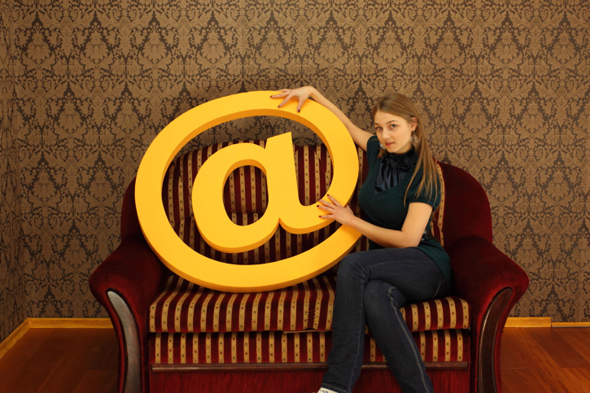HTML vs. Plain Text Emails: Which Should You Choose?
After seeing the visual difference between HTML and plain-text emails, it’s hard for many companies to send anything but fancy HTML formatting with every email they send. However, just because you can make HTML emails doesn’t mean you always should.
While HTML messages typically have flashy graphics that grab attention, they also lack a personalized touch and feel more “salesy.” In addition, HTML emails take longer to download, use more disk space, and often gain a bad rap for privacy threats, potential viruses, and information tracking. If a recipient doesn’t accept HTML emails (due to security, bandwidth issues, privacy, etc.) or an email program doesn’t interpret it correctly, your message will appear in plain text with random code that is extremely difficult to read.
Another reason to consider plain text is that more and more people check email on their cell phones, and many still have issues displaying HTML correctly.
Because email is a method of communication, many people believe the focus should be on the message and not how pretty it looks. But marketers also understand that sometimes the only way a message will get read is if it exudes visual appeal.
One solution may be to send emails embedded with both plain text and HTML, or to create a combination of both (an email that looks like plain text yet features basic ROI tracking, a share link, or social media buttons). And don’t forget, we’re also here to help anytime you’d like ideas for communicating in print!

